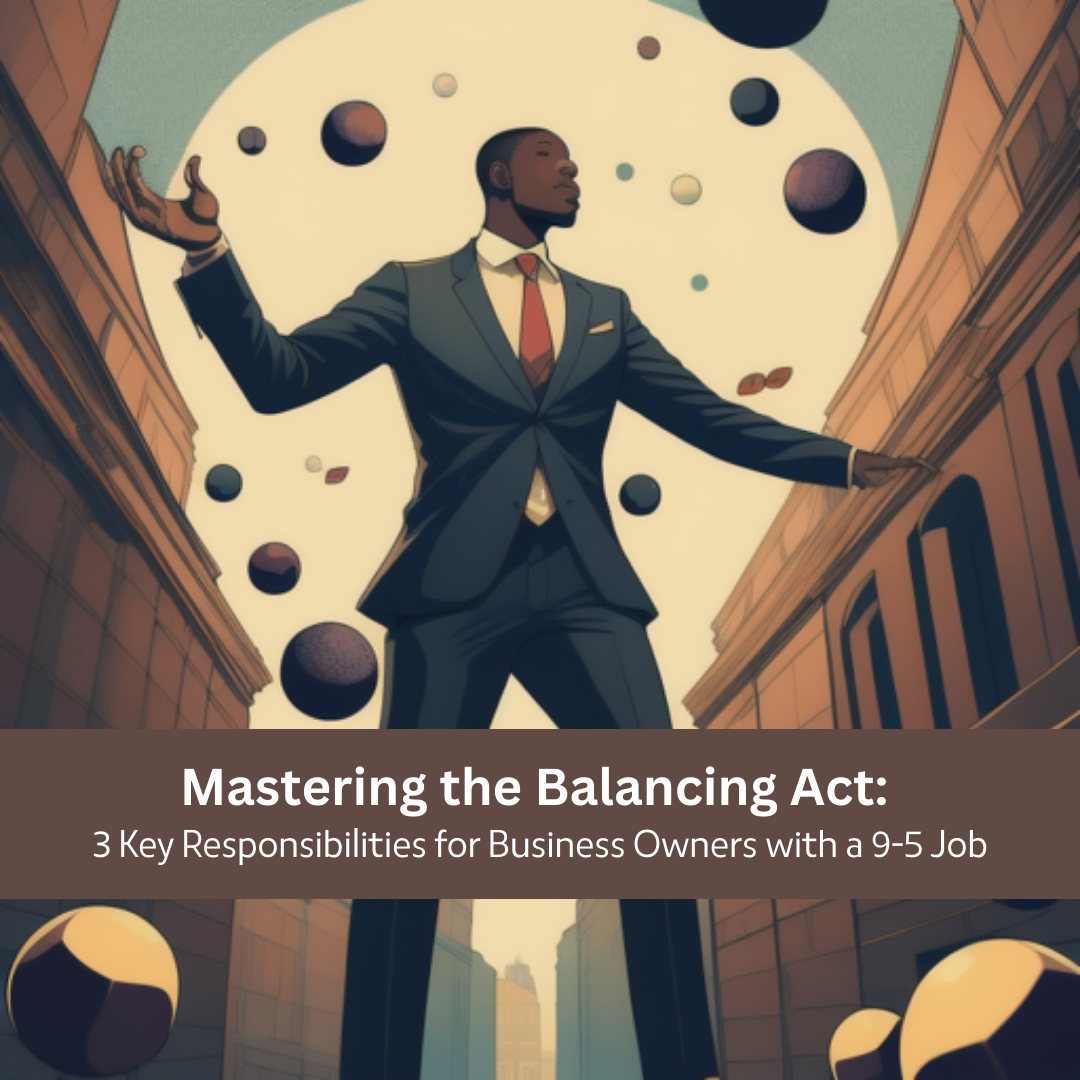
I. Introduction
Definition of Creative Careers
Creative careers encompass a wide array of professions where individuals harness their imaginative abilities and artistic skills to produce unique and innovative work. These careers span diverse domains such as design, arts, writing, and more, providing an outlet for individuals to channel their creativity into their livelihoods.
Importance of Creative Professions
Creative professions are not just about aesthetics; they play a pivotal role in shaping our world. They drive innovation, inspire cultural change, and contribute significantly to economic growth. In fact, creative industries are often at the forefront of sectors like advertising, entertainment, and technology, demonstrating their profound impact on various aspects of society.
Overview of the US Job Market
To comprehend the landscape of creative careers, it’s essential to understand the broader context of the United States’ job market. The job market for creative professionals is both diverse and dynamic, offering opportunities in both traditional and emerging industries. This adaptability is a testament to the enduring relevance of creative skills in an ever-evolving job landscape.

II. Why Pursue a Creative Career?
Passion and Personal Fulfillment
Creative careers offer a unique avenue for individuals to align their work with their deepest passions. When one’s profession is an embodiment of their interests, the result is a profound sense of personal fulfillment. The intrinsic joy derived from creating and expressing oneself is a driving force for many pursuing creative paths.
Innovation and Impact
The creative mind thrives on pushing boundaries, challenging norms, and imagining the unimagined. This innate ability to think outside the box fuels innovation and can lead to groundbreaking developments across industries. Creative professionals have the power to shape culture, influence opinions, and make a lasting, positive impact on society.
Job Satisfaction and Work-Life Balance
Creative careers often come with the perk of flexible work arrangements and the potential for an enviable work-life balance. The satisfaction that arises from having the freedom to express oneself creatively is a driving force behind the high levels of job satisfaction found among creative professionals.
III. Types of Creative Careers

Visual Arts
Graphic Design: Graphic designers are the architects behind visual content in print, web, and advertising. They transform ideas into compelling visuals that convey messages effectively.
Photography: Photographers are visual storytellers who capture moments, emotions, and narratives through their lens. They freeze time in captivating images.
Illustration: Illustrators utilize their artistic prowess to create images that enrich books, magazines, and various media with visually engaging content.

Performing Arts (if included)
Acting: Actors breathe life into characters on stage and screen, taking audiences on captivating journeys through their performances.
Music: Musicians are maestros who create and perform music, evoking emotions and connecting with audiences through melodies and lyrics.
Dance: Dancers are poets of movement, using their bodies to convey stories, emotions, and artistic expression.

Writing and Publishing
Authorship: Authors craft narratives, weaving stories that transport readers to different worlds and provoke thought.
Journalism: Journalists are the eyes and ears of the public, uncovering truths, reporting news, and providing critical insights.
Copywriting: Copywriters are wordsmiths who craft persuasive content that drives marketing efforts, convincing consumers to take action.

IV. Average US Salaries in Creative Careers
Factors Influencing Salaries
Several factors play a pivotal role in determining salaries within creative careers. These include:
Experience and Expertise: Seasoned professionals with years of experience and a robust portfolio often command higher salaries.
Location: The geographical location of employment can significantly impact salary levels. Urban areas tend to offer higher wages to creative professionals.
Industry: The specific industry in which a creative professional works can also influence their earnings. For instance, the entertainment industry may offer different compensation structures compared to the tech sector.
Visual Arts
Graphic Design: Graphic designers in the United States earn a median annual salary of approximately $53,380 (as of May 2020, according to the Bureau of Labor Statistics).
Photography: Photographers in the US report a median annual income of around $36,280 (as of May 2020, according to the Bureau of Labor Statistics).
Illustration: The median annual salary for illustrators in the US is roughly $49,140 (as of May 2020, according to the Bureau of Labor Statistics).
Performing Arts (if included)
Acting: Actors earn an average hourly wage of approximately $20.43 in the United States (as of May 2020, according to the Bureau of Labor Statistics).
Music: Salaries for musicians vary widely based on factors like experience, genre, and performance opportunities.
Dance: Dancers in the US report an average hourly wage of approximately $18.35 (as of May 2020, according to the Bureau of Labor Statistics).
Writing and Publishing
Specific salary data for authorship, journalism, and copywriting can be obtained from reputable sources such as industry reports, government agencies, or professional organizations.
When it comes to creative careers, there’s no shortage of diverse and rewarding paths to explore. In addition to the previously mentioned creative professions, let’s shine a spotlight on a few more creative career positions and their median annual salaries in the United States:
Interior Designer – Median Annual Salary: $61,590
Interior designers create functional and aesthetically pleasing interior spaces for residential and commercial clients. They use their design skills to select furniture, colors, lighting, and decor that enhance the overall ambiance of a space.
Fashion Designers – Median Annual Salary: $76,700
Fashion designers are the creative minds behind clothing and accessory collections. They conceptualize and create unique designs, often working in the fashion industry to set trends and inspire new styles.
Producers and Directors – Median Annual Salary: $85,320
Producers and directors are essential in the film, television, and entertainment industry. They oversee the creative and technical aspects of production, bringing scripts and ideas to life on screen or stage.
Art Directors – Median Annual Salary: $105,180
Short Description: Art directors are responsible for the visual style and content of various projects, including advertisements, magazines, and films. They collaborate with teams to ensure that the artistic direction aligns with the project’s goals.
V. Creative Careers in the Digital Age
Impact of Technology
The digital age has ushered in transformative changes across creative careers. Advancements in technology have opened new frontiers for creative expression, enabling professionals to explore innovative mediums and reach broader audiences.
Emerging Roles and Opportunities
The digital landscape has given rise to new roles such as content creation, social media management, and digital marketing. These opportunities continue to expand as businesses seek to leverage online platforms.
Digital Creativity vs. Traditional Creativity
The debate between digital and traditional creativity is ongoing. While digital tools offer unprecedented possibilities, traditional creative skills remain essential in preserving authenticity and artistic integrity.
VI. Tips for Success in Creative Careers
Building a Strong Portfolio
A compelling portfolio is a creative professional’s calling card. It showcases their skills, creativity, and past work. Regularly updating and diversifying your portfolio is essential for attracting clients and employers.
Networking and Building Connections
Networking is crucial in creative careers. Building relationships with fellow professionals, mentors, and industry peers can open doors to opportunities and collaborations.
Continuous Learning and Skill Development
The creative field is ever-evolving. Staying current with industry trends, tools, and techniques through continuous learning and skill development is essential for long-term success.
VII. Challenges in Creative Careers
Job Stability and Income Inconsistency
Creative careers often come with income fluctuations, and job stability can be a concern. Freelancers, in particular, may experience periods of uncertainty.
Balancing Creativity and Commercialism
Balancing artistic integrity with commercial demands can be a challenge. Finding the right equilibrium between creative expression and client or audience expectations is an ongoing journey.
Competition and Rejection
The creative field is highly competitive. Rejection is a part of the journey, but resilience and determination are key to overcoming setbacks.
VIII. Conclusion
Recap of the Importance of Creative Careers
Creative careers are not just about personal fulfillment; they are integral to societal progress. Creative professionals contribute to innovation, cultural enrichment, and economic growth.
Encouragement for Aspiring Creatives
For those considering or pursuing creative careers, remember that passion, perseverance, and a commitment to continuous growth are your allies on this exciting journey.
Final Thoughts on Creativity and Compensation in the US Job Market
Creative careers offer both challenges and rewards. Finding the right balance between creative fulfillment and financial stability is possible with determination and strategic planning.
IX. Additional Resources
Recommended Books
Source: “The Creative’s Guide to Starting a Business” by Harriet Kelsall
Source: “Steal Like an Artist” by Austin Kleon
Online Communities
Source: CreativeBloq – A Community for Creatives
Source: Behance – A Platform for Creative Professionals
Creative Career Development Websites
Source: AIGA – The Professional Association for Design
Source: CreativeLive – Online Learning Platform for Creatives


